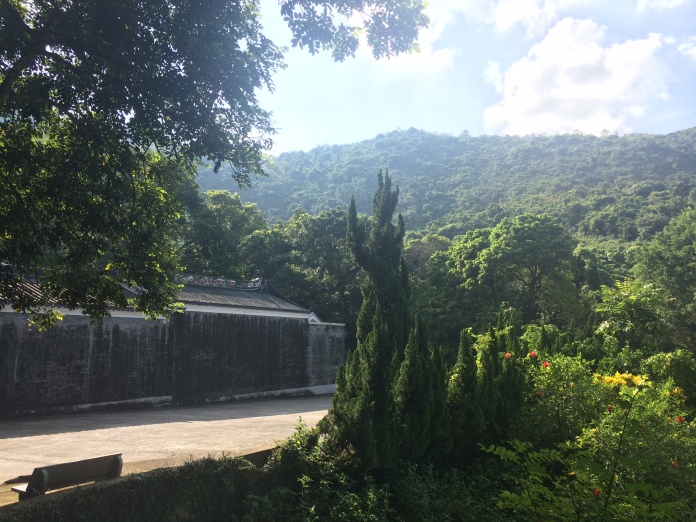The same friend that brought us on our journey to Ling To Tsz also told us about another remote and somewhat secret haunt that we visited Saturday night.
In Hong Kong the city, down a back alley with limited lighting you can find (only on Saturday nights) a very small, but fantastic, underground jazz club. The ‘building’ it’s in, really it is one room with a partial loft, only has one entrance which is in the back somewhat hidden away. It actually numbers 93 1/6, for those of you that have seen establishments with a 1/2 address this will give you an idea about the size. I would say you could, at the very most, fit 20 people if they are feeling cozy.
During the day it functions as a barber shop with one man who owns it and works there. I haven’t had my hair cut there, but after hearing about the Zen journey he takes his customers on, I am definitely planning to visit him! The owner, Banky, has traveled the world and discusses everything under the sun and want to get to know the person before styling people’s hair (upwards of 3 hours per customer). Then on Saturday nights he brings in jazz musicians and hosts intimate performances where the one rule of no talking while the musicians are playing, and the dim lighting make for an ambience that is both peaceful and exhilarating.
While I would absolutely recommend this experience to anyone in Hong Kong, I feel like I must keep with tradition and let you all find it on your own or be guided their by a local instead of just giving you the address. Some of the best experiences start by stumbling into a local haunt.







































